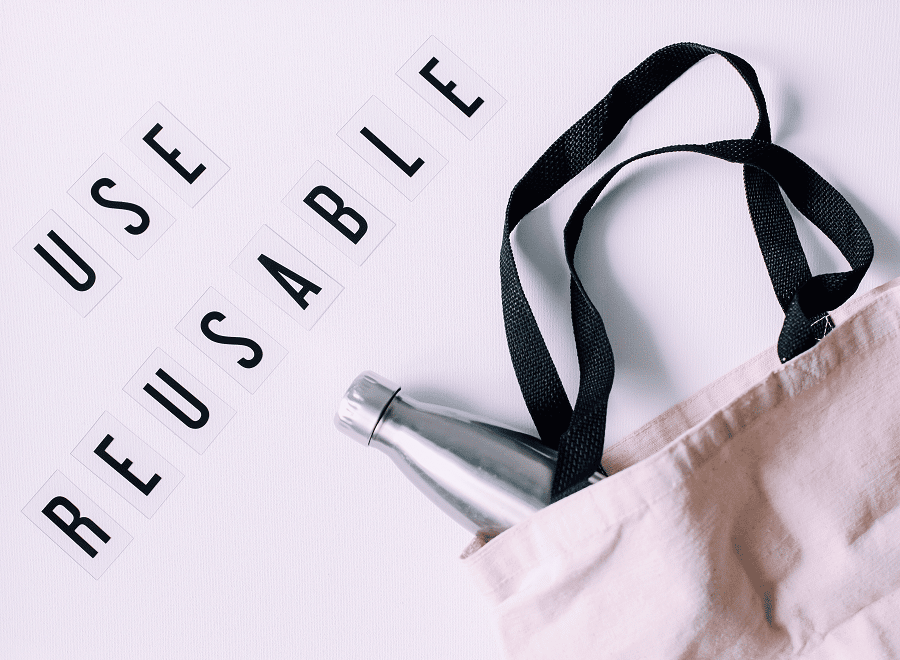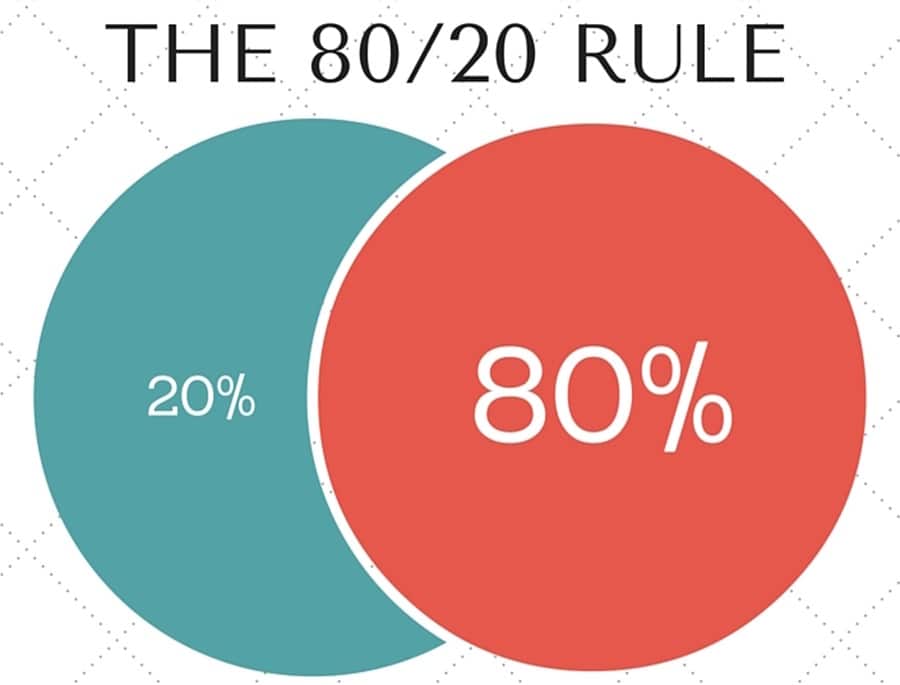When it comes to fashion, most people think of the latest trends and how they can get their hands on them as quickly as possible. This is what has driven the growth of the fast fashion industry in recent years. But many people don’t realize there is a cost to this way of doing things. In this article, we will discuss the negative impacts of fast fashion and explore some alternatives.
Contents
What Is Fast Fashion?

In recent years, fast fashion has increasingly defined the fashion industry. Fast fashion is a term used to describe the quick turnover of designs by fashion retailers. This rapid production is made possible by technological advances and a global network of suppliers and factories.
As a result, fast fashion brands can quickly respond to the latest trends and get new styles into stores quickly and efficiently. However, while this production model has many benefits, it also has some significant drawbacks. For example, fast fashion garments are often made with cheap materials and poor craftsmanship, leading to frequent wardrobe malfunctions.
In addition, the rapid pace of production often results in harmful environmental impacts, as factories churn out large quantities of garments with little regard for environmental regulations. As the world becomes more aware of the negative consequences of fast fashion, many consumers are beginning to rethink their relationship with clothes. By becoming more mindful of the impacts of our choices, we can help to create a more sustainable future for the fashion industry.
The Real Cost Of Fast Fashion
Now that you know a little bit about fast fashion, let’s take a closer look at the actual cost of this way of doing things:
Nearly 100 Billion Garments Are Made New Every Year

The average person buys 60 new clothing items per year, equating to nearly 20 billion garments purchased annually. This number doesn’t even include the billions of other garments produced but never sold. So each year, the fashion industry produces around 100 billion garments. This is an astonishingly large number, and it’s only possible because of the fast fashion model.
In order to keep up with this demand, factories must produce clothes at an incredibly rapid pace, often sacrificing quality for quantity. As a result, many fast fashion garments consist of cheap materials and poor craftsmanship. This leads to frequent wardrobe malfunctions and a short lifespan of clothing items.
Cotton Is Expensive

Most people are unaware of the real cost of fast fashion. The environmental and human toll of the textile industry hides behind the scenes, but the truth is that cotton production is expensive in terms of resources and lives. Cotton is grown in massive quantities worldwide to meet the demand for cheap clothes. This intensive farming takes a heavy toll on the land, depleting soil nutrients and inflicting severe damage on local ecosystems.
Pesticides and other chemicals are used extensively in cotton production, polluting air and water. The workers who grow and process cotton often do so under dangerous and exploitative conditions, earning little for their labor. Fast fashion may be cheap, but it comes at a high price. The next time you shop for clothes, take a moment to consider the real cost of your purchase.
It’s Not Just The Environment That Pays The Price For Cheap Clothing

The environmental impacts of fast fashion are bad enough, but the human cost is even higher. The majority of garment workers are women, and they often receive very low wages. In some cases, they may even be subject to forced labor or other forms of exploitation. In addition, poor working conditions can lead to injuries and, in extreme cases, death.
For example, in 2013, over 1,100 garment workers were killed when Bangladesh’s Rana Plaza factory complex collapsed. This tragedy highlighted the often dangerous working conditions faced by garment workers and brought attention to the low wages they were paid. Many garment workers live in poverty, despite working long hours.
So next time a cheap piece of clothing tempts you, remember the real cost of fast fashion. It’s not just the environment that pays the price for our cheap clothing habits; it’s also the people who make our clothes.
Microplastics

It’s no secret that the fashion industry has a significant pollution problem. From the harmful chemicals used in fabric production to the massive amounts of water consumed during garment production, the fashion industry is one of the most polluting industries in the world. And, as if that weren’t enough, the fast fashion model – whereby new styles are churned out at breakneck speed – has only made things worse. Unfortunately, all of this pollution has a significant impact on our oceans.
One of the most dangerous pollutants emitted by the fashion industry is microplastics. These tiny plastic fragments come from various sources, but they often end up in our oceans due to washing our clothes. Once in the water, microplastics are mistaken for food by marine life and can cause serious health problems. In addition to harming marine life, microplastics also pollute our food supply. As these plastics make their way up the food chain, they can seriously threaten human health.
The good news is that there are ways to reduce the pollution caused by the fashion industry. We can vote with our wallets for positive change by supporting sustainable brands. In addition, we can be more mindful of how we wash our clothes and make an effort to reduce our consumption of fast fashion items. By taking these steps, we can help protect our oceans and ourselves from the harmful effects of microplastics.
What Can You Do?

The first step is to become more aware of the issue. Take some time to learn about the impacts of fast fashion and find out how you can make more sustainable choices when shopping for clothing.
There are a few simple things you can do to reduce your impact:
- Support sustainable brands that use eco-friendly materials and fair labor practices
- Reduce your consumption of fast fashion items
- Wash your clothes less often and in cooler water
- Avoid buying synthetic fabrics such as polyester, nylon, and acrylic
- Opt for natural fibers such as cotton, linen, hemp, and wool
The Real Costs Of Fast Fashion
In summary, the real costs of fast fashion include:
- The environmental impacts of the production process
- The human cost in terms of exploitation and poor working conditions
- The pollution caused by microplastics
As consumers, we can make a difference by supporting sustainable brands and reducing our consumption of fast fashion items. What will you do to help reduce the impact of fast fashion?


